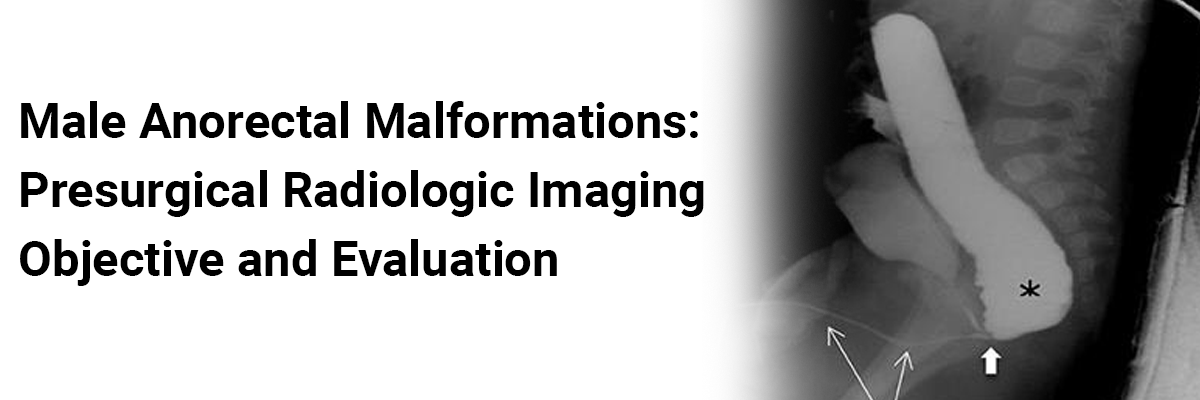
 IJCP Editorial Team
IJCP Editorial Team
Intrabiliary Ascariasis in a 12-year-old child: a case report of an uncommon cause of acute abdomen and obstructive jaundice in children
Intrabiliary ascariasis is a relatively rare condition that can cause biliary colic and obstructive jaundice in children, primarily due to the small size of the ampullary orifice. Maintaining a high level of suspicion and utilizing radiologic examinations are crucial for accurate diagnosis and effective treatment, particularly in patients residing in endemic areas.
A 12-year-old male child to the pediatric emergency department of a hospital with severe abdominal pain since the last three days. The pain was colicky, lasting around 10 minutes per episode, and accompanied by nausea and non-bilious vomiting.
The patient had a history of passing an Ascaris worm one month prior, for which he received oral albendazole treatment at a local health center. Other than that, the patient had an unremarkable medical history.
Physical examination revealed normal vital signs, a slightly icteric sclera, and mild tenderness in the liver, with a total liver span of 11cm. On palpation, pain was localized to the right upper quadrant – abdomen.
Initial laboratory investigations, including a complete blood count and stool examination, revealed normal results except for the presence of Ascaris lumbricoides ova. Liver function test revealed:
Aspartate transaminase (AST) 86
alanine transaminase (ALT) 141
Total bilirubin level 1.84 mg/dl
Direct bilirubin level 1.31 mg/dl
An abdominal ultrasound performed on the same day revealed the presence of two adjacent, well-defined, tubular, and hyperechoic structures with central lucency – within the common bile duct and right intrahepatic duct. The common bile duct showed dilation of 1 cm, and the proximal intrahepatic duct displayed slight dilation. The medical report confirmed the presence of two Ascaris worms within the biliary tree.
The patient was hospitalized and received conservative management of obstructive jaundice secondary to intrabiliary ascariasis. Oral feeding was stopped and maintenance fluids were provided. The pain subsided on the second day of admission; the icterus disappeared on the third day.
By the third day of admission, direct bilirubin level had decreased to 0.54 mg/dl. A follow-up ultrasound conducted on the fifth day after admission showed an empty duct, indicating that the worm had moved out of the biliary system.
Subsequently, the patient received a single dose of albendazole (400mg) for deworming and was discharged on the seventh day of admission. Currently, the patient is stable, free of symptoms, and has returned to school.
It is important to consider biliary ascariasis as a potential cause of acute abdomen and obstructive jaundice in children from Ascaris endemic areas, despite its rarity. Prompt recognition and conservative treatment are recommended for uncomplicated cases of biliary ascariasis.
Source:https://www.researchsquare.com/article/rs2180061/v1

IJCP Editorial Team
Comprising seasoned professionals and experts from the medical field, the IJCP editorial team is dedicated to delivering timely and accurate content and thriving to provide attention-grabbing information for the readers. What sets them apart are their diverse expertise, spanning academia, research, and clinical practice, and their dedication to upholding the highest standards of quality and integrity. With a wealth of experience and a commitment to excellence, the IJCP editorial team strives to provide valuable perspectives, the latest trends, and in-depth analyses across various medical domains, all in a way that keeps you interested and engaged.




















Please login to comment on this article